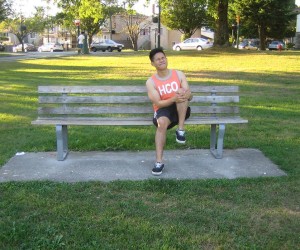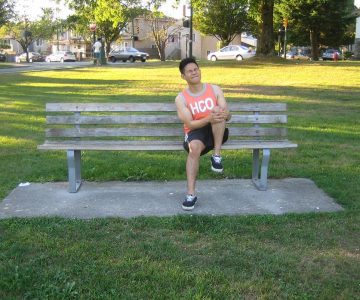In a study conducted, it reported that the knee is considered as high risk for injuries especially among runners. Once knee locking occurs while running, it often indicates either injury to the cartilage of the knee or a muscle spasm. The treatment typically involves adequate rest, application of ice and anti-inflammatory medications to minimize the symptoms. Nevertheless, if there is cartilage damage, surgery might be required to prevent the symptoms from recurring. It is best to consult a doctor so that the suitable treatment can be started.
What are the possible causes?
The meniscus is the cartilage that is situated in between the bones that make up the knee joint. It functions as a shock absorber and helps with the fluid movement of the knee. Once this cartilage is torn, it will not provide a smooth surface between these bones, thus causing knee locking or catching. When it comes to arthritis or wearing away of the cartilage, there is a similar effect in which the rough surface between the knee bones are prone to grinding, catching and locking. Even muscle spasm and muscle strain can lead to awkward knee movements which results to knee locking while running.

Potential risk factors
The weight, age and history of the individual play a vital role in the development of knee arthritis. Over-training, previous knee injury, incorrect running form and joint instability can also increase the risk for knee arthritis and injuries. Those who have knee hypermobility face a higher risk for injury as well as developing arthritis.
Other accompanying symptoms
When knee locking occurs, the individual can suffer from pain that ranges from a minor ache to a piercing sensation. Arthritis, meniscus tears and muscle strain can also cause joint stiffness, swelling and muscle weakness. In some cases, a muscle spasm can also lead to muscle weakness. The other symptoms that can occur include point tenderness on the affected area, tightened muscles and bruising. You can provide ease to the symptoms if you will register for first aid training today.
Treatment
The individual must stop running once knee locking occurs. The initial measure is to apply an ice pack over the knee or thigh muscle and provide an over-the-counter medication such as acetaminophen. The affected leg must be elevated and place a compression wrap if there is evident swelling.
Other measures that the doctor might recommend include placing a knee brace, physical therapy or using orthotics. Those who have a meniscus tear or severe case of arthritis would require surgery to prevent the symptoms from recurring.
Preventive measures
The best way to avoid knee injuries and knee locking is to maintain a healthy weight, proper stretching before and after running as well as increasing the mileage not more than 10% in a week. It is also recommended to include leg exercises into the routine such as squats to maintain knee stability and strength. If the individual wants to improve his/her running technique, a personal trainer must be consulted.

